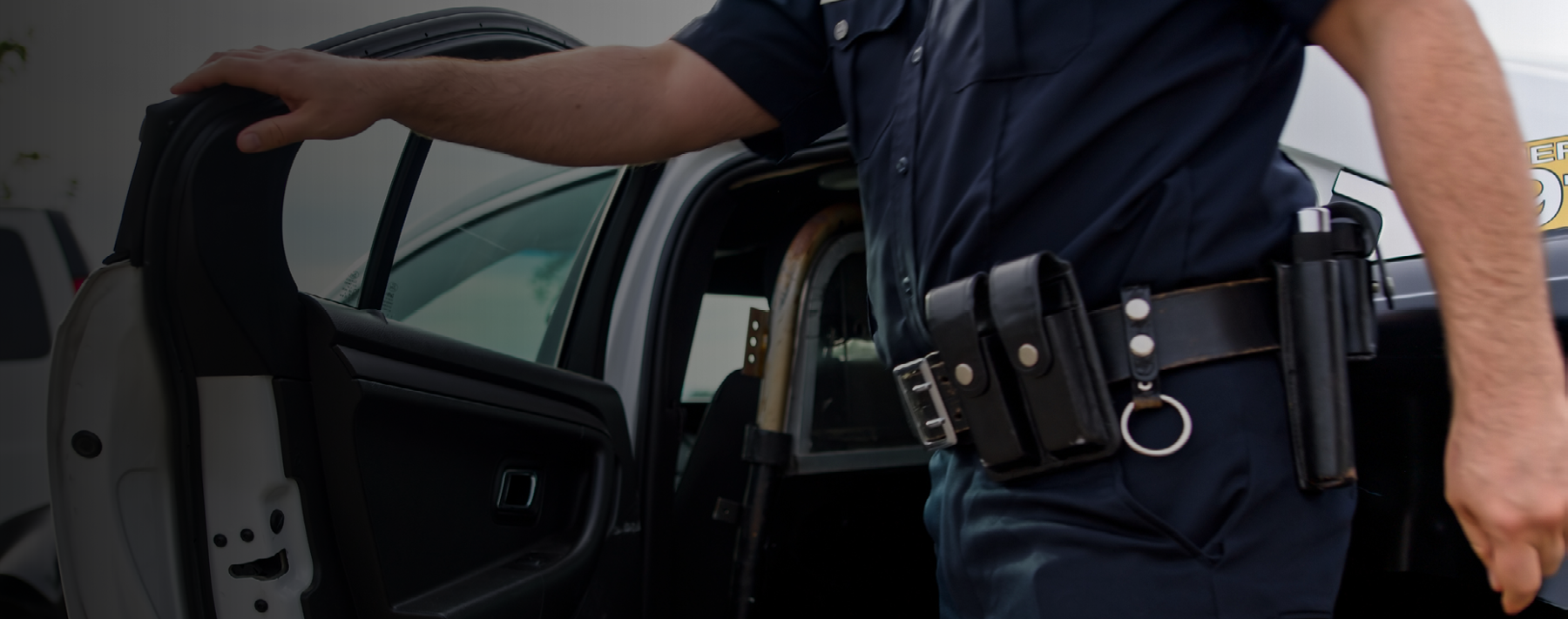United States v. Hurtt, 2022 WL 1098835 (3rd Cir. 2022)
At 0200, two officers patrolling a “very violent” area in north Philadelphia saw a pickup truck roll through a stop sign and fail to signal a turn. They stopped the truck and, while collecting the driver’s license and registration, the officers smelled alcohol. The front seat passenger was heavily intoxicated and talkative; Jamal Hurtt, seated behind him, attempted to calm and quiet him. When an officer asked the drunk front seat passenger for identification, Hurtt volunteered his as well. The driver stepped out for a sobriety test, leaving the door open.
The second officer got into the truck, kneeling on the driver side seat. The officer described the inside of the car as “messy, with tools strewn about and a five-gallon bucket on the driver side rear seat.” He pointed his flashlight around the vehicle and told the two passengers three times to keep their hands visible. They did not comply and repeatedly placed their hands in their pockets or the front of their pants, complaining about the cold temperature. The officer perceived that the front passenger was trying to distract his attention from Hurtt “by making some kind of movement or sound or something.”
The first officer was administering field sobriety tests to the driver behind the tailgate of the truck when he noticed the second officer was inside the truck. Although he had not yet run the driver’s license or vehicle identification nor finished the sobriety test, the first officer put the driver in the patrol car to help control the passengers. After Hurtt twice appeared to be reaching into the large bucket, the second officer grabbed his arm, searched him and found a loaded handgun in his waistband.
The officers then summoned a backup patrol car and arrested Hurtt. After being arrested, Hurtt made several statements without any Miranda warnings and was later charged as a felon in possession of a firearm. The driver and intoxicated passenger were allowed to leave. The road-side incident lasted 16 minutes and 33 seconds from start to finish.
The lesson is that some courts, though certainly not all, will apply the harshest interpretation of the Rodriguez rule.
Hurtt asked the trial court to suppress the seized handgun and ammunition, claiming the officers could have completed the field sobriety test sooner and that they had strayed from the scope of a lawful traffic stop when the second officer entered the truck and subsequently searched Hurtt. He also argued that, even if the stop were extended lawfully, the officers lacked reasonable suspicion to search him because, a) there was no bulge in his waistband and b) the officer’s testimony about Hurtt’s furtive movements was not credible. The trial court rejected each argument and denied the motion. Hurtt appealed.
The appellate court reversed the denial of Hurtt’s motion to suppress. The court opined that the officers created a safety concern while off-mission from the purpose of the original traffic stop, thereby wrongfully prolonging Hurtt’s detention. The court asserted the second officer created the dangerous situation by entering the truck and causing the first officer to become concerned for his partner’s safety as the first officer dealt with the driver.
The appellate court discounted the prosecution’s argument that the location of the stop in a very violent neighborhood, facing three persons—two of whom disobeyed multiple commands to show their hands—justified the officer’s search of Hurtt. To the contrary, the court suggested the officer created the safety concern. The court implied the officer’s tactical choice (kneeling on the seat) was unreasonable and suggested he could have ordered Hurtt and the intoxicated man to stand outside of the truck. (Hurtt was not in a position to argue that entering the truck to kneel on the seat was an unlawful search because Hurtt had no possessory interest in the truck.) Of course, outside the truck Hurtt would still be armed and non-compliant, and the other passenger would still be very drunk and unruly.
This case demonstrates what I believe to be a hyper-technical application of the Rodriguez v. United States (575 U.S. 348 (2015)) holding. The decision, in my opinion, is profoundly wrong but still serves as a warning for officers. One can certainly see that the conduct of Hurtt and the unruly front seat passenger would meet the very low threshold of reasonable suspicion to frisk them for weapons, particularly considering Hurtt twice reached into the large bucket of tools and the front seat passenger appeared to be trying to distract the officer from watching Hurtt. The lesson is that some courts, though certainly not all, will apply the harshest interpretation of the Rodriguez rule. In so doing, they step away from the Supreme Court’s many holdings approving reasonable officer safety steps and establishing the low threshold of reasonable suspicion.



